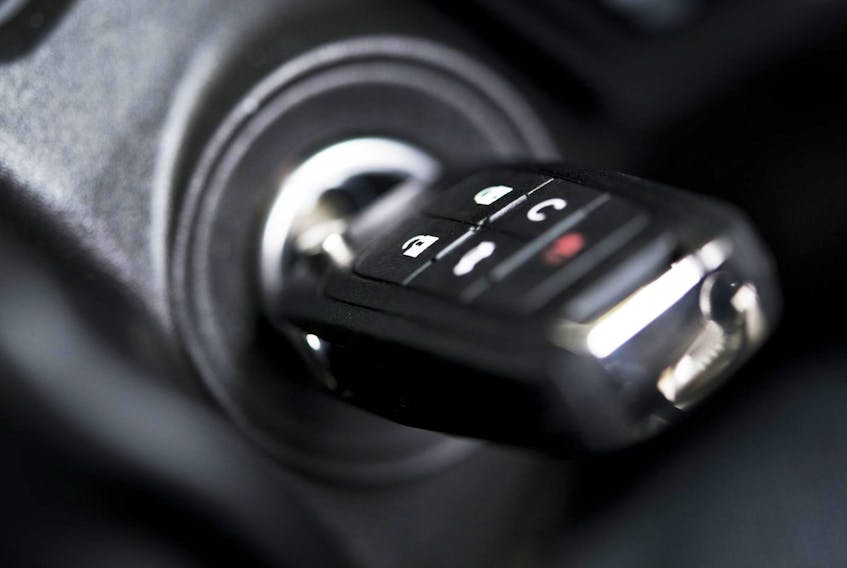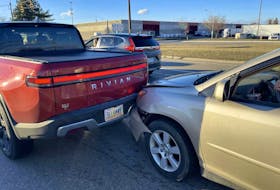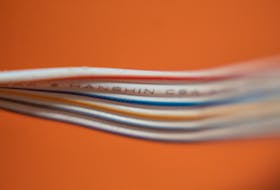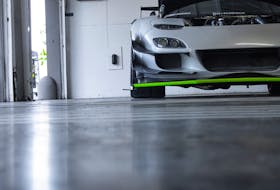Q: I have a 1959 British Ford Prefect that I would like to change from points and condenser to electronic ignition. It works great except for the constant battle with condensers and points. I look to the internet for answers but if it is a complicated issue, like positive ground, which it is, answers are hard to get.
I purchased one from Princess Auto that got me power to the coil but it would not fire the plugs. Don’t know if something was missing from the package or why it would not work. Can you recommend a kit that will work on these little four cylinder side valve engines? — Fred
A: There isn’t much available for after-market positive earth ignition systems available in North America. Positive earth systems are where the vehicle battery positive post is connected to the chassis of the vehicle and the negative battery terminal feeds power to everything. This is the opposite of most vehicles. There are two routes you can take. One is to purchase an ignition kit from the U.K. where many vintage cars used positive earth systems or you can fabricate your own system.
As for kits, you can find several on ebay.co.uk but be sure they are for positive earth vehicles before purchasing. Powerspark Ignition is a British company that makes after-market electronic ignition systems for many vehicles and they do have kits for four cylinder positive earth cars. Contact the company directly to see if they have one for your Prefect, If not, I am sure one can be adapted.
The other option is to fabricate one (often from salvage yard parts). I have used common ignition components from the late 1970s to fabricate systems. They include a pickup coil from the distributor of a late ’70s Ford distributor, and the reluctor wheel (the toothed wheel on the distributor shaft) from a Ford or Chrysler four-cylinder engine. The reluctor wheel will have to be modified so it can fit over the shaft in the Prefect distributor. The ignition module is from a 1970s (1975) Chrysler product with a five wire harness plug. The most difficult part is isolating the ignition module from the body of the vehicle with electrical isolators. Normally the module grounds to the body through the module case mounting bolts but with it isolated, a wire can be run from the case to ignition power and the original power wires to the module are now connected to the chassis through the ballast resistor. The wire from the module to the coil is now connected to the positive terminal of the ignition coil and the other two terminals at the module connect to the distributor pickup coil. A kit is easier but fabricating one is a challenge you may wish to try.
Q: I have a 2004 Chevrolet Venture van that does not have enough cabin heat. I have installed a new water pump, thermostat, flushed the heater core, that didn’t help so I flushed radiator and heater core, still not much heat. Replaced cabin filters, placed a piece of cardboard in front of the radiator, the heat gauge still did not come any higher. Can you help? — Corey
A: The first step is to check thermostat operation. You have installed a new one but I have seen many thermostats that open way too soon. With a cold engine idling, feel the top radiator hose. It should be cool or slightly warm till the thermostat begins to open.
If it feels warm before the temperature gauge starts to rise, then the thermostat is opening too soon.
You can test a thermostat when it is out of the vehicle by putting it in water and bringing it to a boil while monitoring the temperature with a cooking thermometer. It should start to open only about five degrees below the rated temperature on the thermostat.
The heater problem is likely an airlock. The heater core is above the level of the engine and air gets trapped in the core.
Loosen the return hose at the heater core and with a cool engine idling, slightly remove the hose and let air out till you get a flow of coolant. Connect the hose again, fill the radiator and you should be good to go.
Jim Kerr is a master automobile mechanic and teaches automotive technology. Send your questions for Jim to jkerr@herald.ca or mail them to: Herald Wheels, 2717 Joseph Howe Drive, P.O. Box 610, Halifax, N.S. B3J 2T2









